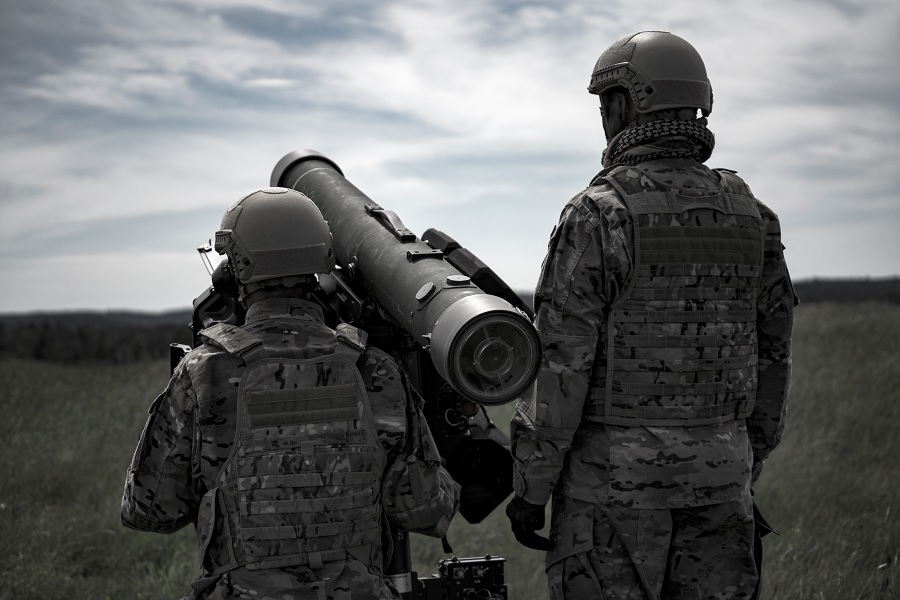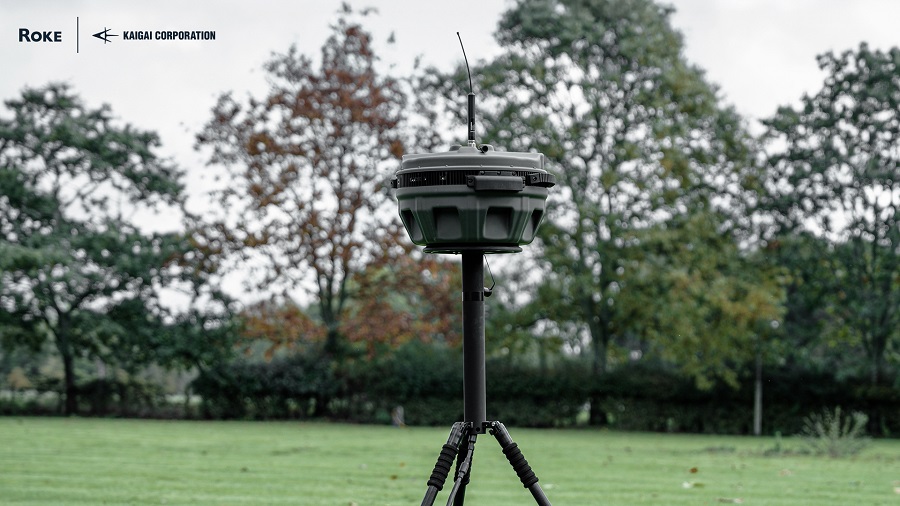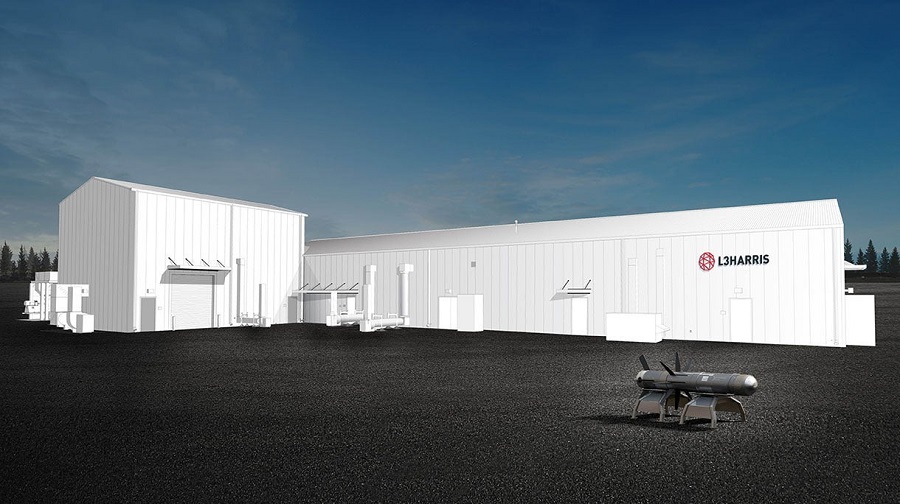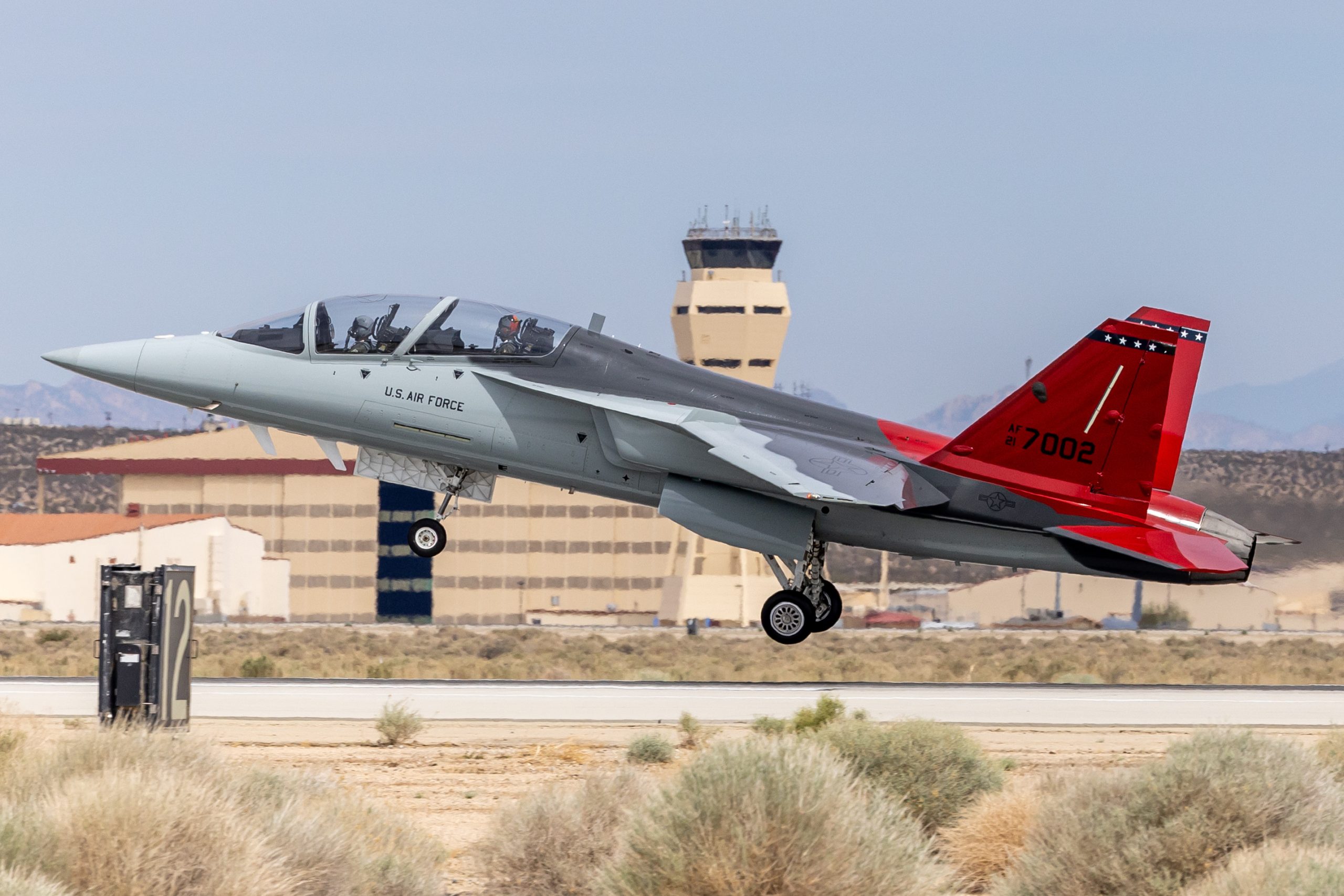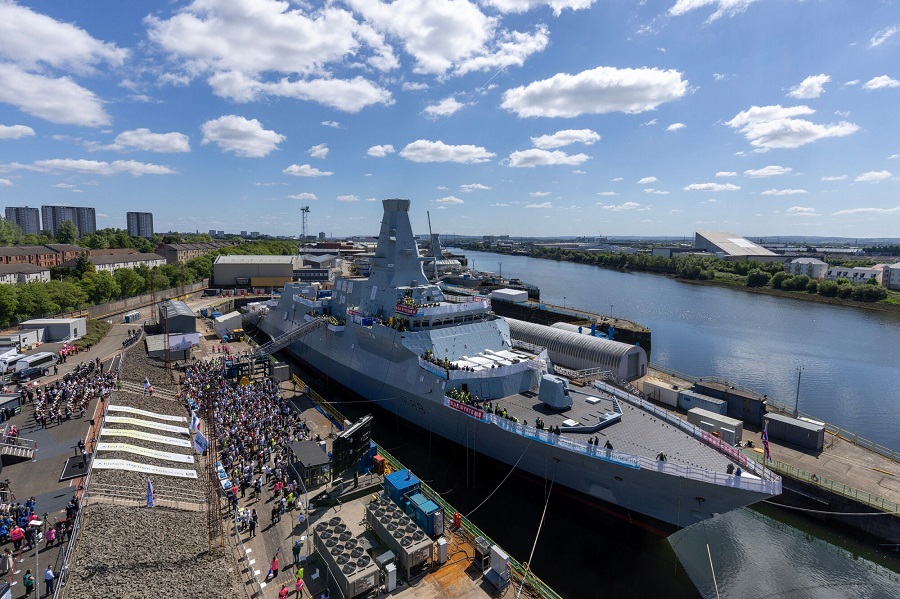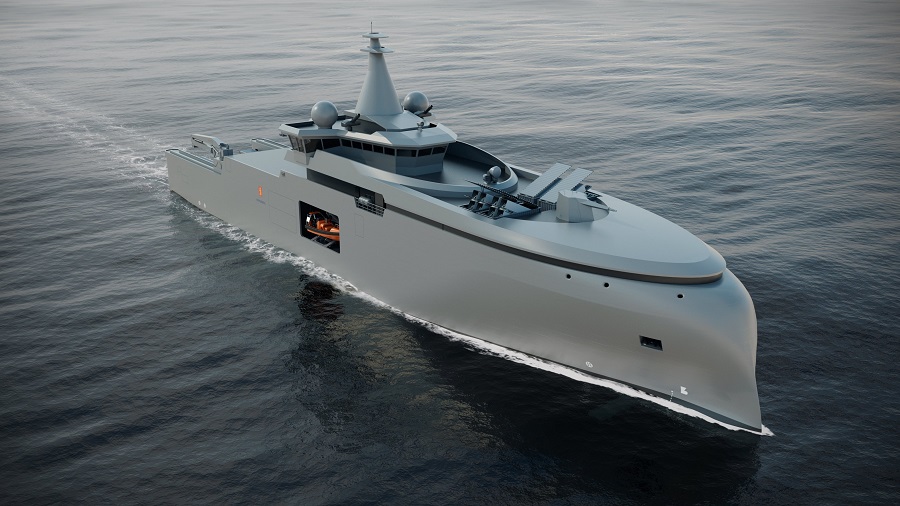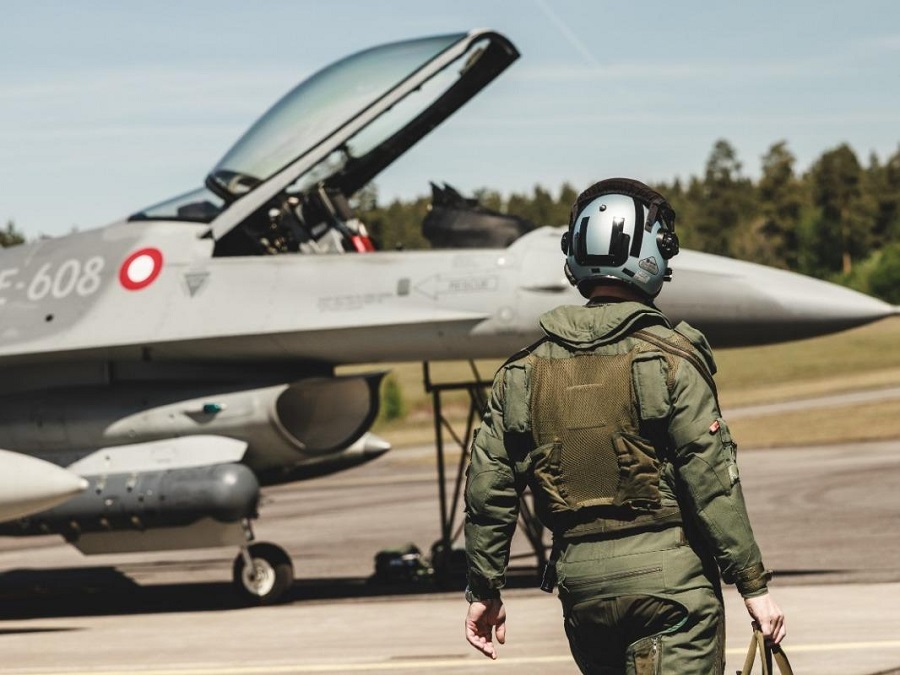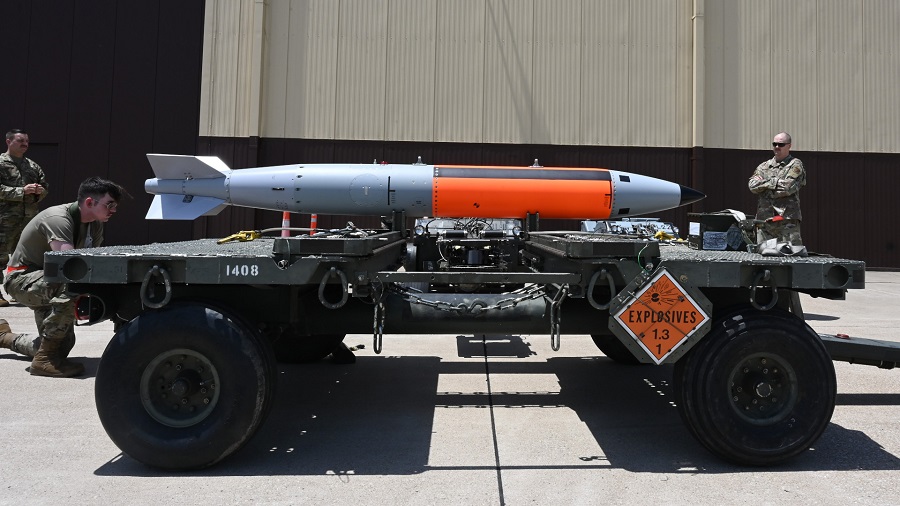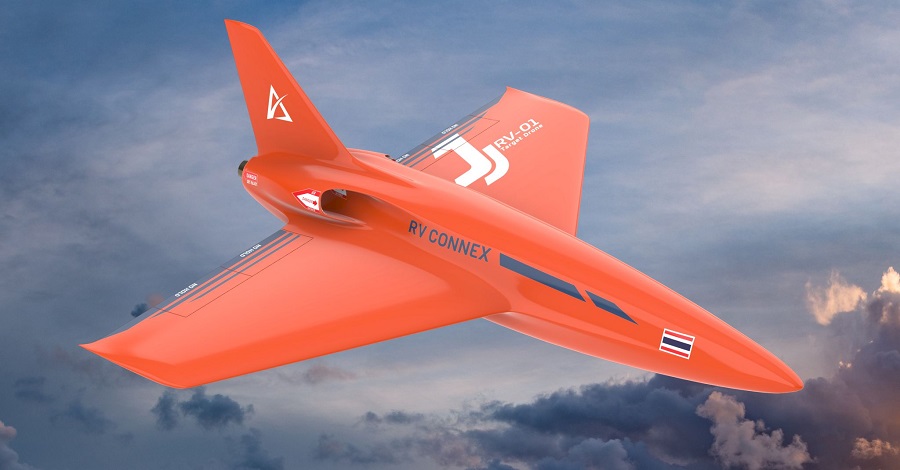This also applies to operations referred to as being below the threshold of war. Information obtained by Polish authorities has led to the heightened protection of the President Lech Kaczyński LNG Terminal in Świnoujście, which currently serves as a critically important facility within the Polish energy system. Attempts to gather information about energy and transportation-logistics infrastructure in the Tri-City area have also been noted.
Similar problems are also faced by other countries in the region. Recently, the Norwegian Coast Guard and armed forces have reported significant activity of unmanned aerial vehicles (likely equipped for reconnaissance) near energy infrastructure installations in the North Sea. Moreover, the blowing up of the Nord Stream and Nord Stream 2 pipelines in the Baltic Sea illustrates the importance of protecting such facilities from the point of view of overall security.
Poland’s potential adversary possesses a wide range of capabilities and means to conduct subversive, sabotage, or hybrid operations in the maritime domain. Special forces units, unmanned aerial vehicles, underwater and surface unmanned vehicles, military autonomous underwater vehicles, and civilian vessels may be used for such purposes. The question of how to effectively block the access of such units and objects to Poland’s territorial waters, after February 24, 2024, has become critically important. Answers to this question are currently being sought by staff officers and planners in most NATO member states.
“NATO countries are seeking solutions that will enable their armed forces and other security services to effectively secure access to critical infrastructure facilities and monitor territorial waters,” says Jyrki Kujansuu, the director of Saab’s representative office in Poland. “Our company has extensive experience in this area. Saab’s portfolio includes modern and proven unmanned underwater vehicles that allow for effective protection and defence of critical infrastructure facilities in the maritime domain, as well as addressing other threats at sea,” he adds.
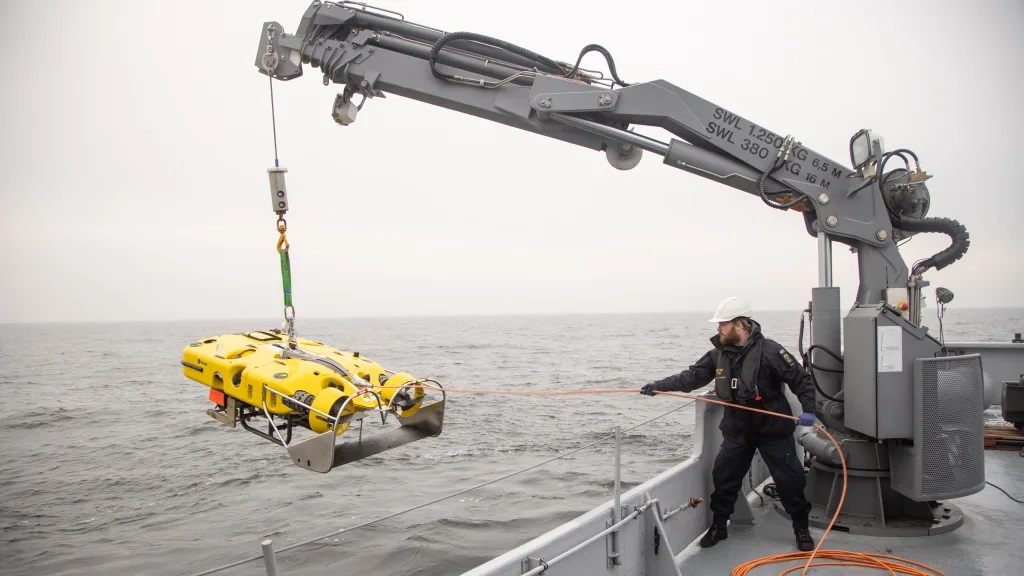
Combatting threats of this nature is also supported by other technological solutions, such as specialized sensors permanently installed on the seabed or on underwater infrastructure, sensors carried by surface vessels and aircraft. Recently, Poland decided to acquire signal intelligence (SIGINT) ships under the Delfin program, as well as the purchase of Saab 340 AEW early warning aircraft. Advanced sensors carried by these platforms can aid in detecting threats at sea (underwater and on the surface). When it comes to countering diversive or hybrid threats, specialized equipment for underwater operations, often near the seabed, such as autonomous or remotely operated underwater vehicles, is necessary.
Against underwater threats
Products from Saab’s Seabed Warfare group are well-known to the Polish Navy, for whom the Swedish company is a trusted partner. The Double Eagle SAROV (Semi-Autonomous Remotely Operated Vehicle) underwater vehicles supplied by Saab are part of the equipment of two Kormoran II-class mine countermeasure vessels in the service of the Polish Navy. This equipment met the requirements set by Polish Navy, leading to Saab signing a contract in October last year for the delivery of an additional three such vehicles, which will be carried by three new Kormoran II-class mine countermeasure vessels, being built as part of the second series by the Remontowa Shipbuilding shipyard in Gdańsk.
Double Eagle vehicles are designed for the identification of dangerous underwater objects and, if necessary, their destruction. Specifically for this purpose, the vehicles are equipped with a mechanism for placing explosive charges underwater, which can then be remotely detonated by an operator on board the vessel from which the vehicle is operated.
However, underwater operations near the seabed are very challenging, and new threats raise even higher demands on specialized equipment designed to counter them. Effective operations in the underwater environment require the use of advanced technologies, and the equipment itself should be characterized by universality and versatility. This inspired Saab to develop a new-generation Autonomous Underwater Vehicle (AUV) called Sabertooth. It is a highly modern equipment that combines military-focused technologies with solutions designed for commercial products. Sabertooth is characterized by its ability to operate at great depths, a long range, the capability to conduct advanced underwater operations, a high degree of autonomy, and six degrees of freedom.
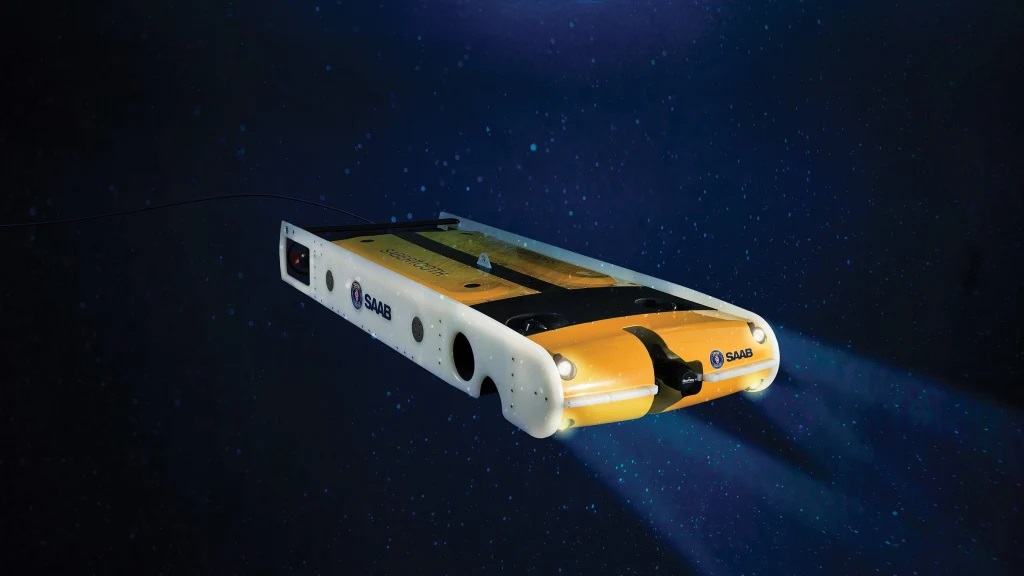
“Saab’s autonomous underwater vehicle Sabertooth is the result of Saab’s visionary approach to underwater technology for protecting objects located underwater, such as elements of maritime energy infrastructure like pipelines. Sabertooth was designed to monitor the condition of such objects and to conduct remote maintenance and repairs if needed,” explains Jyrki Kujansuu.
Sabertooth: a state of the art and versatile underwater system
Sabertooth is a specialized underwater vehicle designed for inspecting, monitoring, and repairing objects located underwater. It is electrically powered, and a special station, carried by the host ship, is used to charge its batteries. This station also allows data transmission from the underwater vehicle to the surface ship, as well as sending new commands and instructions to the vehicle. The vehicle’s compact size, high maneuverability, and lack of a cable enable it to operate effectively in close proximity to or inside complex structures, such as pipelines and underwater installations, or even inside underwater tunnels. This makes Sabertooth an ideal solution for monitoring the condition of underwater objects or conducting repairs.
Sabertooth can operate underwater even in very challenging weather conditions, day and night. There is also the possibility to ‘park’ the vehicle on the seabed, where it can remain for up to 6 months. This reduces the need for surface vessels and significantly lowers the vehicle’s operating costs. It can maneuver in any direction, with a 360-degree range, while carrying the operator’s chosen set of sensors and additional equipment. The vehicle’s autonomy is supported by an advanced autopilot.
Safe countermeasures against sea mines
Modern underwater threats also take on a more conventional form, particularly technologically advanced and highly dangerous sea mines placed underwater. The issue of sea mines is of particular importance when it comes to safeguarding coastal waters, key logistical facilities such as ports and terminals, and transportation routes. This is currently a significant threat to navigation in the Black Sea.
“Saab offers advanced remote sea mine neutralization systems. One of them is the Multi-Shot Mine Neutralization System (MuMNS), which has already been selected by two NATO countries with a strong focus on maritime capabilities: France and the United Kingdom,” says Jyrki Kujansuu.

MuMNS is a remotely operated underwater vehicle (ROV) designed for the identification and safe neutralization of sea mines. The vehicle is carried on board the host ship and deployed into the water. It can then be remotely operated by an operator or operate autonomously. The vehicle is equipped with a set of modern sensors and digital algorithms, enabling it to autonomously identify a target and ‘hand over’ control to the operator. The operator then takes control of the unit and manually carries out the mine neutralization task. The use of the MuMNS system significantly enhances the safety of the mine countermeasure vessel’s crew and reduces the cost of conducting operations.
Sea Wasp against terrorist threats
Saab also offers products dedicated to combating terrorist threats in the maritime environment. One of them is the Sea Wasp system, designed for remote neutralization of improvised explosive devices (IEDs). The Sea Wasp system is operated by a small EOD (Explosive Ordnance Disposal) team consisting of two persons. This equipment is known for its versatility. As a result, it can be transported overland and dployed into the water, for example, from port docks or beaches. In case of need, Sea Wasp can also be carried by surface vessels. Its compact size and weight allow it to be transported by small boats as well.

The system is controlled using a special console and a fiber optic cable. Thanks to its high maneuverability, it can operate in the most demanding locations and reach areas with limited access. Sea Wasp‘s main task is to locate and identify dangerous devices placed, for example, on maritime infrastructure elements, underwater installations, or the hulls of ships and vessels. Threat identification is performed using a set of specialized sensors. System operators can choose from various methods of neutralizing a dangerous object, depending on its nature and the situation.
Underwater equipment for the civil market
“Analyses and expert opinions indicate that in the near future, the segment of remotely operated and autonomous underwater vehicles will continue to grow. This is primarily due to the increasing hybrid and terrorist threats in Europe and other regions of the world. As a result, armed forces will need suitable means to carry out tasks related to the protection and defence of critical maritime infrastructure, including installations located on the seabed, such as pipelines or drilling platforms,” says Jyrki Kujansuu, the director of Saab’s representative office in Poland.
However, the responsibility for safeguarding critical infrastructure does not rest solely with the armed forces. The companies to which they belong, such as energy, mining, or transportation companies, also play a role in their protection. These entities are also users of specialized equipment for monitoring the condition of installations, detecting threats, and conducting repairs.
Companies like Saab provide products to these entities as well. In May 2023, the LOTOS Petrobaltic company (a part of the Orlen, a Polish multi-energy group) contracted a remotely operated underwater vehicle, the Seaeye Leopard, to service infrastructure in the B3 and B8 oil fields in the Baltic Sea. The vehicle will operate from the offshore unit Balazat II, with its main task being the comprehensive inspection of underwater structures and monitoring their condition.

Similar vehicles are also used by companies operating in the offshore natural gas extraction and marine wind energy sectors. The latter industry is expected to see rapid growth in Poland in the coming years due to offshore wind farm projects in the Baltic Sea. In this context, Saab also expresses its willingness to cooperate with Polish entities to ensure the protection of Polish offshore energy infrastructure and support its safe operation.











